| Structure | Name/CAS No. | Articles |
|---|---|---|
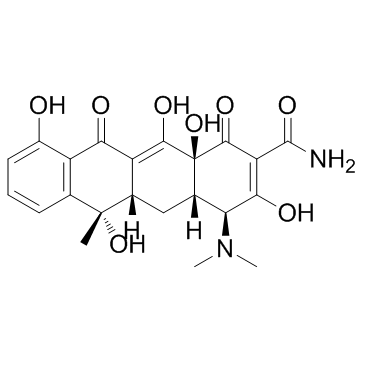 |
Tetracycline
CAS:60-54-8 |
|
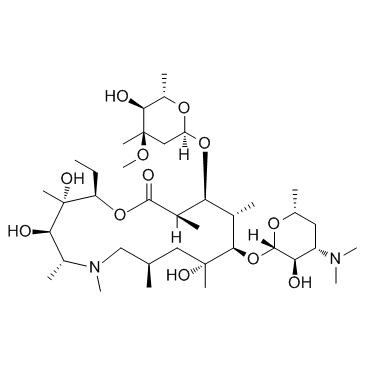 |
Azithromycin
CAS:83905-01-5 |
|
 |
Azithromycin Dihydrate
CAS:117772-70-0 |
|
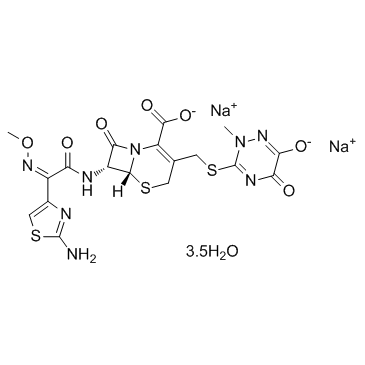 |
Ceftriaxone sodium
CAS:104376-79-6 |
|
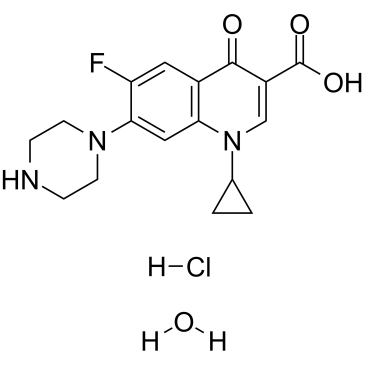 |
Ciprofloxacin Hydrochloride hydrate
CAS:86393-32-0 |
|
 |
Spectinomycin dihydrochloride pentahydrate
CAS:22189-32-8 |
|
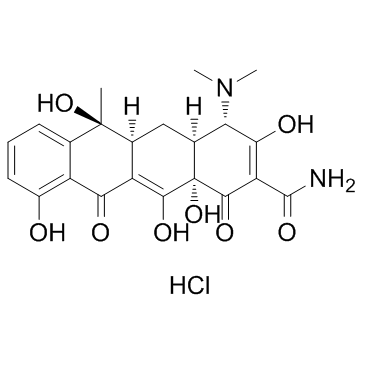 |
Tetracycline hydrochloride
CAS:64-75-5 |
|
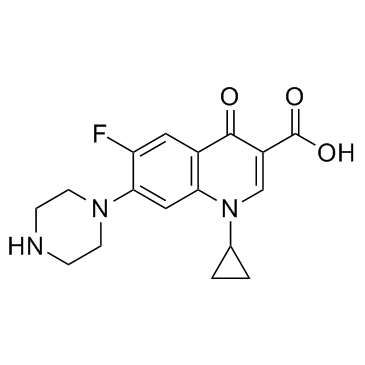 |
Ciprofloxacin
CAS:85721-33-1 |